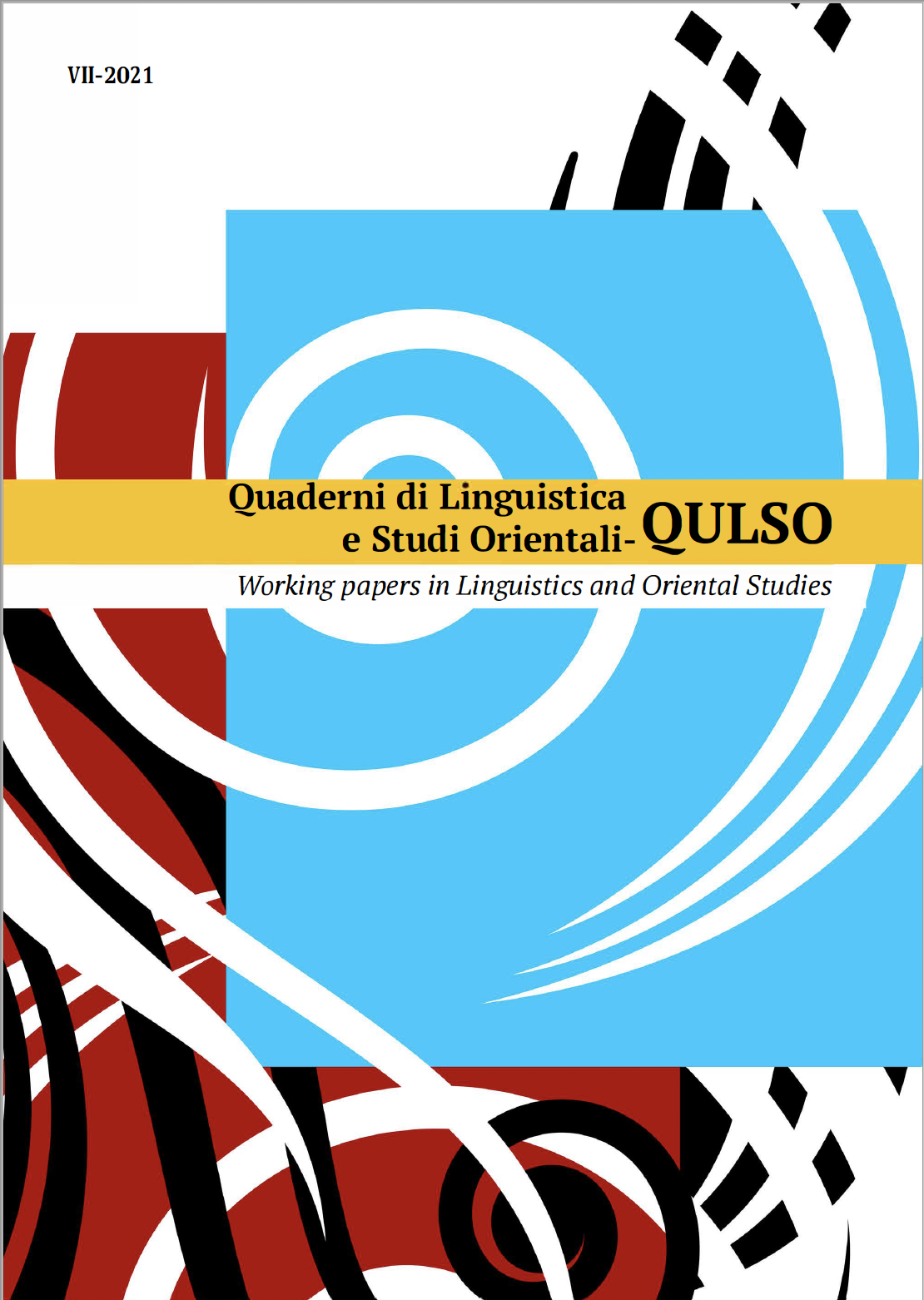Published 2021-09-15
Keywords
- Large datasets,
- N merge system,
- Quantitative Syntax,
- Subject
How to Cite
Abstract
This paper explores quantitative results based on theoretical assumptions related to the predictions on N-merge systems (Rizzi 2016) ranked from minimum to a maximum of complexity in terms of the computational devices and derivational operations they require. We investigate the nature of external arguments focussing on 2-merge systems (two elements of the lexicon merge and the created unit is again merged with a further element directly extracted from the lexicon) and 3-merge systems (merge two elements created by previous operations of merge). We add a quantitative dimension to the established qualitative dimension discussed in the theory (Rizzi 2016) by investigating large-scale corpora representative of three populations of speakers: adult grammar (102 treebanks/101 languages), typically developing children (2 corpora/English and Chinese) and children with atypical development (1 corpus). The results confirm the predictions in Rizzi (2016): every language in our data set exploits 3-merge systems and less complex systems are the preferred options in early grammars.



